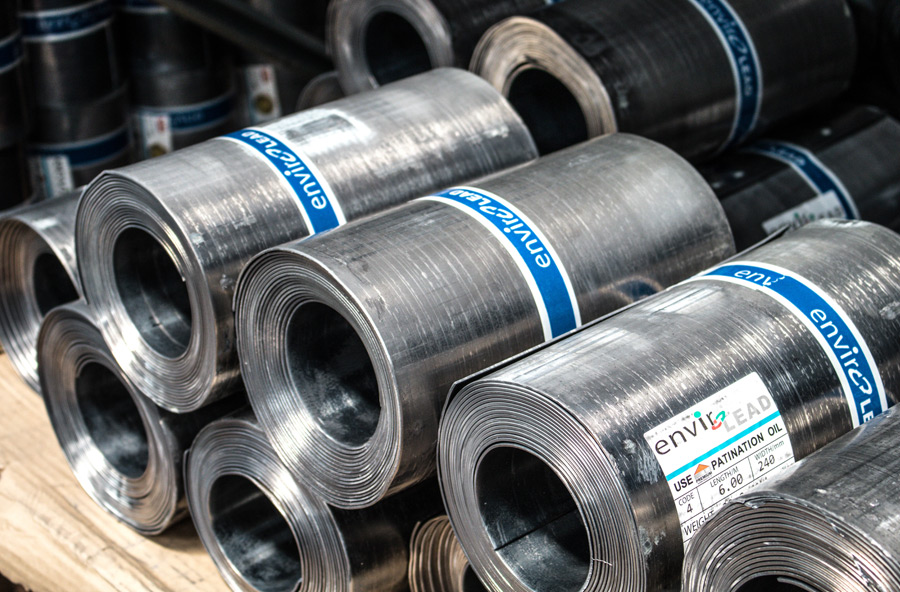Badri Narayanan
This article focuses on two industries: textiles and steel, to stress on the fact that policy-makers need to take into account the behavior of consumers and producers as well as demographic characteristics of the consumers, before making any major policy decisions affecting the industries. The topicality of this article stems from the major industrial policy shifts being considered the new government in India.
In the previous article, we discussed the issue of trade policy focusing on two industries in India: textiles and auto.
First let’s have a look at the textile and apparel sector in India. Generally, it is expected that changes in fiscal structure have a direct impact on prices of commodities, which gets translated into changes in demand and hence a change in the commodity-mix. A close look at fiscal structure and consumption behaviour of textiles in India helps us understand the complexities involved in this economic phenomenon and the policy lessons arising from them.

